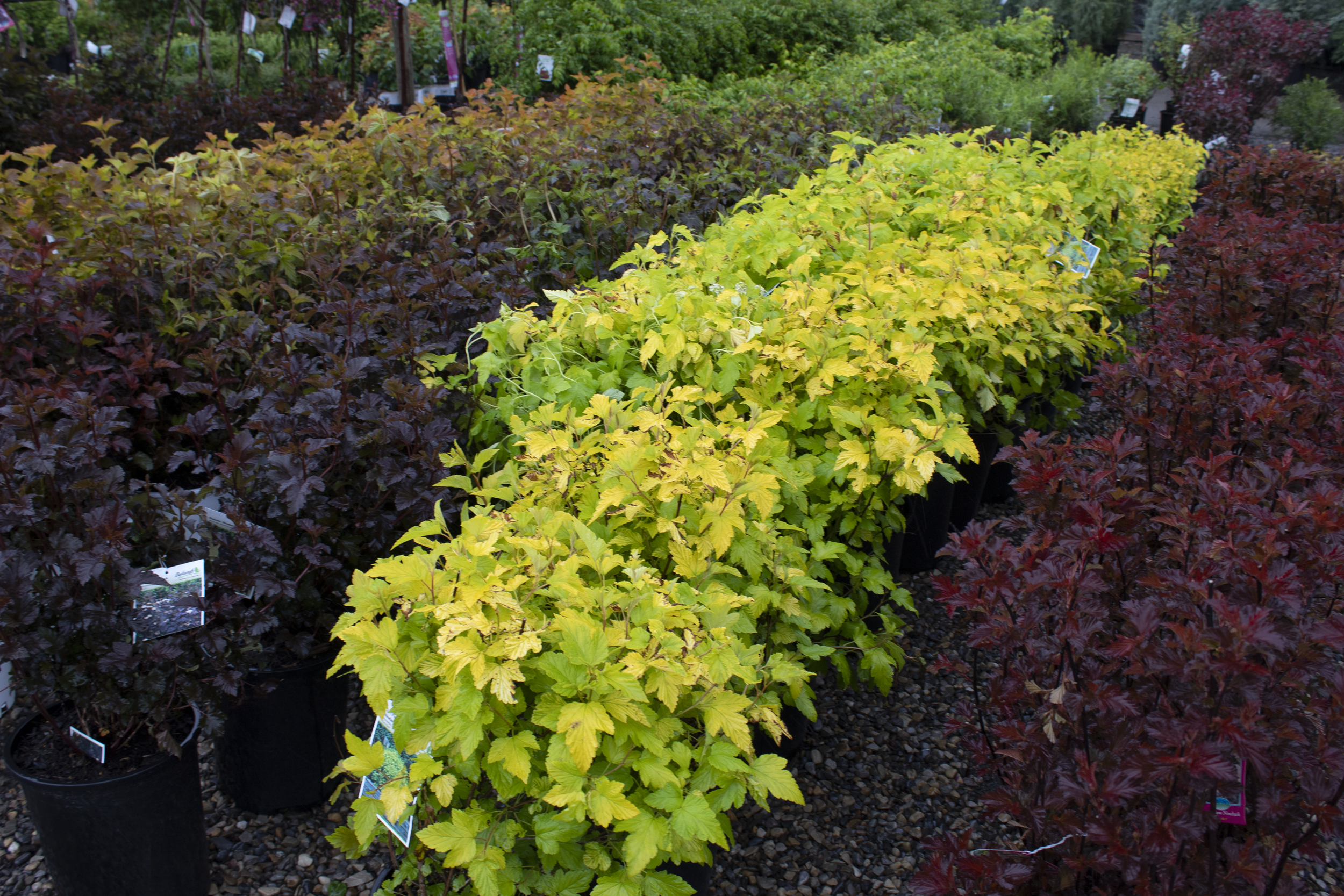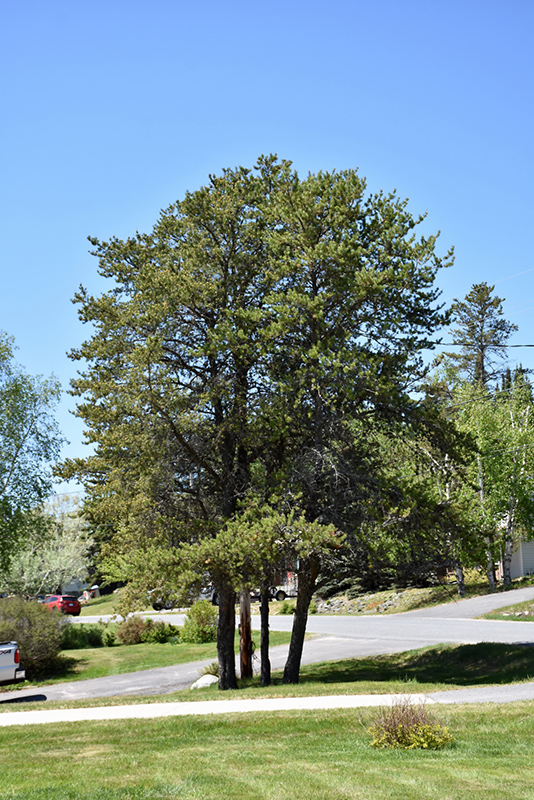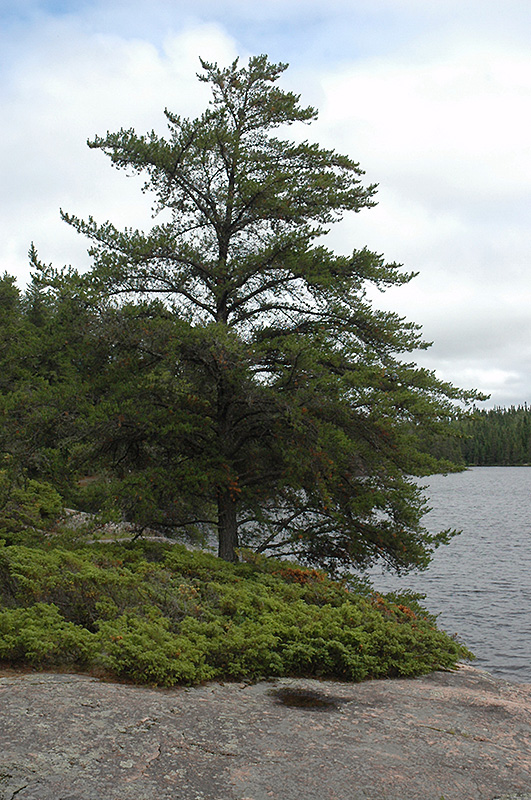
The #1 Online Plant Database
Height: 45 feet
Spread: 35 feet
Sunlight:
![]()
Hardiness Zone: 1
Description:
The hardiest of the pine trees, growing right up to the Arctic Circle, with a typically open habit, but extremely variable between plants; best character developed if grown with adequate space and full sun, tends to yellow in winter, must have sandy soil
Ornamental Features
Jack Pine is primarily valued in the landscape for its ornamental globe-shaped form. It has rich green evergreen foliage. The needles remain green throughout the winter.
Landscape Attributes
Jack Pine is an evergreen tree with a strong central leader and a more or less rounded form. Its relatively fine texture sets it apart from other landscape plants with less refined foliage.
This is a relatively low maintenance tree. When pruning is necessary, it is recommended to only trim back the new growth of the current season, other than to remove any dieback. It has no significant negative characteristics.
Jack Pine is recommended for the following landscape applications;
- Shade
- Windbreaks and Shelterbelts
Planting & Growing
Jack Pine will grow to be about 45 feet tall at maturity, with a spread of 35 feet. It has a low canopy with a typical clearance of 4 feet from the ground, and should not be planted underneath power lines. It grows at a slow rate, and under ideal conditions can be expected to live for 80 years or more.
This tree should only be grown in full sunlight. It prefers dry to average moisture levels with very well-drained soil, and will often die in standing water. It is considered to be drought-tolerant, and thus makes an ideal choice for xeriscaping or the moisture-conserving landscape. It is not particular as to soil type or pH. It is quite intolerant of urban pollution, therefore inner city or urban streetside plantings are best avoided. This species is native to parts of North America.




